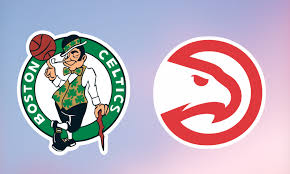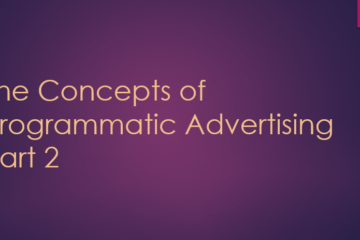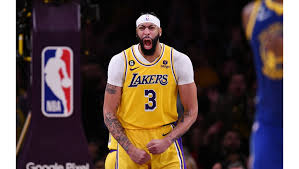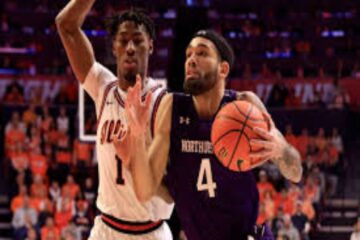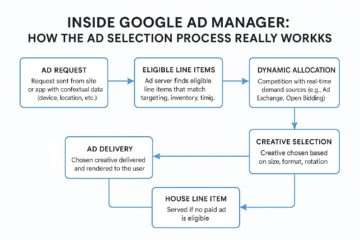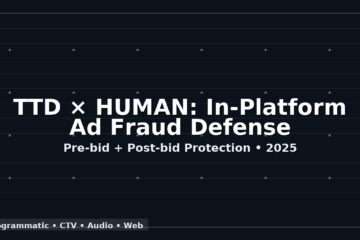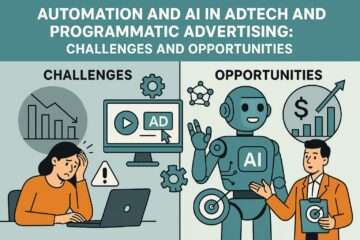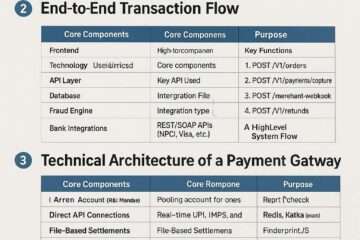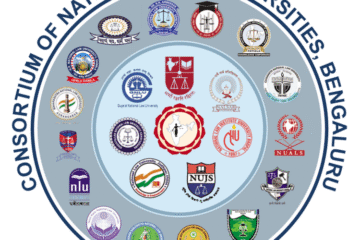
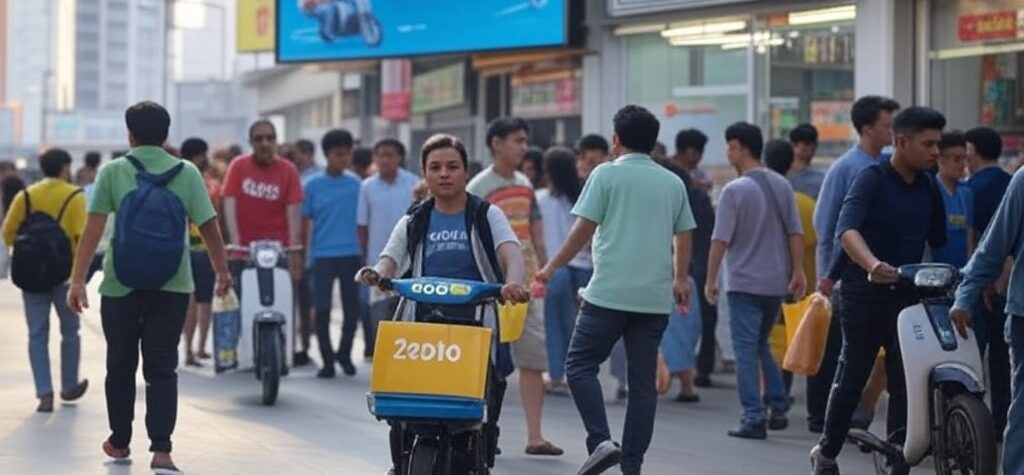
In the fast-evolving world of e-commerce, quick commerce firms such as Blinkit, Zepto, and Swiggy Instamart are redefining the retail landscape in India. With their promise of ultra-fast deliveries—often within 10 to 30 minutes—these platforms have captured the attention of impulse-driven urban shoppers. As these companies scale their operations, they are increasingly turning to advertising revenues as a key strategy to achieve profitability. With an estimated annual recurring revenue (ARR) from advertisements pegged at ₹3,000–3,500 crore, quick commerce is proving to be a goldmine not just for convenience but also for brands—ranging from FMCG giants to direct-to-consumer (D2C) players—who are eager to tap into this lucrative segment.
This article explores how Blinkit, Zepto, and Swiggy Instamart are leveraging advertising to fuel their growth, why urban shoppers are a critical driver of this trend, and how the influx of ad spending from both established and emerging brands is reshaping the quick commerce ecosystem.
The Rise of Quick Commerce in India
Quick commerce, or q-commerce, has emerged as a game-changer in India’s retail sector, driven by the demand for speed and convenience. Unlike traditional e-commerce, which focuses on planned purchases and next-day deliveries, quick commerce caters to last-minute needs, offering everything from groceries and household essentials to electronics and fashion. Platforms like Blinkit (owned by Zomato), Zepto, and Swiggy Instamart have capitalized on this shift, using strategically located dark stores—small warehouses stocked with high-demand items—to ensure rapid fulfillment.
The numbers speak for themselves. The quick commerce market in India has ballooned from a gross merchandise value (GMV) of $0.1 billion in FY20 to $3.3 billion in FY24, with projections estimating a $10 billion GOV by FY26. This explosive growth is fueled by urban consumers who value instant gratification over discounts, making them an ideal audience for impulse-driven purchases. As these platforms expand their reach beyond metros into Tier-II cities, their influence on consumer behavior—and their appeal to advertisers—is only growing.
Advertising: The New Profit Engine for Quick Commerce
While rapid delivery remains the cornerstone of quick commerce, profitability has been a persistent challenge due to high operational costs, including logistics, warehousing, and last-mile delivery. To offset these expenses and move toward sustainable growth, Blinkit, Zepto, and Swiggy Instamart are increasingly tapping into advertising revenues—a strategy that’s proving to be a game-changer.
According to industry estimates, the combined ARR from advertisements on these platforms has already reached ₹3,000–3,500 crore. Blinkit leads the pack with a 45% share of this revenue, followed by Zepto at 35% and Swiggy Instamart at 20%. For context, this figure is nearly half of Amazon India’s ad revenue of ₹6,700 crore in FY24, despite quick commerce accounting for just 8% of India’s online shoppers. This disproportionate ad revenue highlights the unique value these platforms offer to brands: a highly engaged, impulse-driven audience.
Why Advertising Works on Quick Commerce Platforms
- High Shopping Frequency: Urban consumers on quick commerce platforms order frequently—typically 3–4 times a month, with top users making 30–40 transactions. This high engagement provides brands with multiple touchpoints to influence buying decisions.
- Impulse-Driven Purchases: The speed of delivery amplifies impulse buying. Whether it’s a snack craving or a last-minute gift, shoppers are more likely to discover and purchase products they hadn’t initially planned for, making in-app ads highly effective.
- Targeted Reach: Quick commerce platforms leverage data analytics to offer hyper-local, personalized ad placements. Brands can target specific cities, neighborhoods, or even times of day, ensuring their campaigns reach the right audience at the right moment.
- Discovery Channel for New Brands: For D2C players and smaller brands, quick commerce has become a launchpad to gain visibility among digitally native consumers, bypassing the crowded shelves of traditional retail.
Blinkit, Zepto, and Swiggy Instamart: Leading the Ad Revenue Charge
Blinkit: The Market Leader
Blinkit, acquired by Zomato in 2022, has emerged as the frontrunner in the quick commerce race, commanding a 41% market share by GMV as of Q3 FY25. Its advertising revenue has been a standout performer, surging 220% year-on-year in Q3 FY24—outpacing its 103% growth in gross order value. In 2024 alone, Blinkit reported over ₹400 crore in ad revenue, with ambitions to surpass ₹1,000 crore in the current fiscal year.
Blinkit’s success stems from its scale—over 1,000 dark stores as of Q3 FY25—and its ability to attract both FMCG giants like Procter & Gamble and D2C brands. The platform’s in-app advertising tools, such as sponsored listings and banner ads, allow brands to secure prime visibility during the checkout process, capitalizing on impulse purchases.
Zepto: The Fast-Growing Challenger
Zepto, known for pioneering 10-minute grocery deliveries, has quickly risen to prominence, securing a 35% share of quick commerce ad revenue. The company boosted its advertising budget to ₹303 crore in FY24, up from ₹215.82 crore the previous year, reflecting its aggressive push to monetize its platform. With a GMV of $3 billion as of September 2024, Zepto’s ad offerings—like its Jarvis advertising service—have delivered over 15 billion impressions, generating more than 4% of its sales from ads.
Zepto’s focus on Tier-I and metro consumers, coupled with its expansion into Tier-II cities like Jaipur and Chandigarh, has made it a magnet for D2C brands looking to scale rapidly. Its hyper-local approach ensures advertisers can target high-demand urban pockets with precision.
Swiggy Instamart: The Integrated Player
Swiggy Instamart, part of the broader Swiggy ecosystem, holds a 20% share of quick commerce ad revenue. The platform allocated ₹1,850 crore for advertising and promotions in 2024, with a significant portion directed toward Instamart. While its market share trails Blinkit and Zepto at 23%, Instamart benefits from Swiggy’s integrated platform, allowing brands to reach consumers across food delivery and grocery shopping in one app.
Instamart is emerging as a discovery channel for new-age brands, with over 30% of its brand mix dedicated to D2C and premium products. Its contribution margin is projected to reach 9% as advertising becomes a key driver of profitability, with plans to double its dark store count to over 1,000 by the end of FY25.
Impulse-Driven Urban Shoppers: The Lucrative Base
The backbone of quick commerce’s advertising boom is its audience: urban shoppers who prioritize convenience and speed. According to the NIQ Shopper Trends 2024 report, 31% of urban Indians now use quick commerce for primary grocery shopping, while 39% rely on it for top-ups. Categories like ready-to-eat meals (42%) and salty snacks (45%) dominate, reflecting the impulsive nature of these purchases.
This shift in consumer behavior—from planned buying to weekly or even daily purchases—has opened a treasure trove of opportunities for advertisers. Quick commerce platforms have evolved into a one-stop shop for urbanites, offering everything from FMCG staples to premium D2C products like gourmet foods and small electronics. As average order values rise (Blinkit’s AOV is ₹660, Zepto aims for ₹550, and Instamart sits at ₹499), brands see greater potential to upsell and cross-sell through targeted ads.
FMCG Giants and D2C Players: Betting Big on Quick Commerce
FMCG Giants
Fast-moving consumer goods (FMCG) companies, which account for 80% of quick commerce GMV, are reallocating ad budgets to platforms like Blinkit, Zepto, and Instamart. Procter & Gamble, for instance, reported that its sales on quick commerce doubled year-on-year, driven by brands like Whisper and Vicks. Similarly, Adani Wilmar anticipates a 10% sales volume increase in FY25, fueled by urban demand on these platforms.
For FMCG giants, quick commerce offers a direct line to premium consumers willing to pay for convenience, bypassing traditional distributors and kirana stores. This shift has prompted companies to invest heavily in digital ads, with quick commerce platforms becoming key partners in their online sales strategy, which now exceeds 20% for many brands.
D2C Players
Direct-to-consumer brands, particularly in food, wellness, and lifestyle, are finding quick commerce to be a fertile ground for growth. Companies like Better Nutrition, which scaled from ₹80 lakh to ₹14 crore in revenue within a year, attribute their success to partnerships with Blinkit, Zepto, and Instamart. These platforms allow D2C players to test products, gain traction, and build loyalty among urban shoppers without the high costs of physical retail.
The focus on D2C is evident in product mixes, with over 30% of offerings on these platforms now comprising new-age brands. This trend is expected to grow as quick commerce expands into Tier-II cities, where aspirational consumers are eager to explore premium products.
Challenges and the Road Ahead
While advertising revenues are propelling quick commerce toward profitability, challenges remain. High operational costs, competition from e-commerce giants like Amazon Tez and Flipkart Minutes, and the need to maintain ultra-fast delivery times could strain margins. Additionally, expanding into non-metro markets—where price sensitivity is higher and impulse purchases less frequent—may require a rethink of ad strategies.
Nevertheless, the future looks promising. Blinkit achieved adjusted EBITDA breakeven in FY24, while Zepto and Instamart aim for profitability by 2025 and 2026, respectively. As these platforms refine their ad offerings, diversify into higher-margin categories, and scale their dark store networks, their influence on India’s digital ad landscape will only deepen.
Conclusion
Quick commerce firms like Blinkit, Zepto, and Swiggy Instamart are no longer just delivery platforms—they’re becoming powerful advertising hubs. With an ARR of ₹3,000–3,500 crore and counting, these companies are tapping into the spending power of impulse-driven urban shoppers to drive profitability. From FMCG giants to D2C disruptors, brands are betting big on this segment, lured by its high engagement and targeted reach. As quick commerce continues to evolve, its blend of speed, convenience, and advertising potential is set to reshape retail and digital marketing in India for years to come.
For businesses looking to capitalize on this trend, now is the time to partner with these platforms and harness the power of quick commerce advertising. The race for profitability is on, and the winners will be those who can balance scale, speed, and smart monetization.


















































